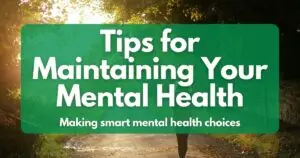SUMMARY:
Learn how the new Digital SAT is an adaptive test, with the difficulty of questions in the second module based on your performance in the first module. Doing well in the first module can boost your score potential in the second module, so aim to excel from the start. This applies to both the reading and writing section and the math section.
TRANSCRIPT:
0:00:03 : Hi, everyone, it’s Pete from Achieve Tutorials, and today I want to answer a question that I’m getting a lot from a lot of my students today, and it’s about the new digital SAT. AYou’ve probably heard that the new digital SAT is an adaptive test. So I want to tell you what that means on the SAT compared to maybe some other tests that you might take in the future or that you might have heard of. Okay, so the SAT is broken down into two sections.
0:00:27 : There’s the Reading and Writing section, which will always be first. The reading and writing section is 64 minutes, but there are two separate modules. The first module, 32 minutes. The second module, 32 minutes. And the way it works is it’s module adaptive. So the first module will be the same for everybody or will be the same kind of distribution of easy, medium and hard questions. Depending on how you do in the first module, their algorithm is going to give you a more challenging or less challenging or about the same level of questions in the second module.
0:01:00 : So doing very, very well in the first module means you’re going to get harder questions but have a much higher score potential on the second module. The same thing applies to the math. The math is a total of 70 minutes: two 35 minutes modules. The first module, easy, medium and hard questions distributed. The second module, the level of difficulty is based on your performance on the first module. Okay, so what this means is that you really should put extra effort into doing extremely well on the first module because once you’ve done well on the first module, you’ve already shown them that you’re a potentially high scoring student, and so they’re going to give you harder questions. But your score range is going to be in the higher range already.
0:01:43 : If you were in the 200 to 800 range before, now you’re like up here in the 500 to 800 range. And so you don’t have to do as well in that last section to really boost your score. You still want to do as well as you can, of course, and that applies to both the math and the English and writing sections. All right, hope that helps. Catch you later. Thank you for watching, and for more information, you can go to our website for more videos on our blog, or subscribe to our YouTube or Instagram feeds. And don’t forget, Aim Higher!






